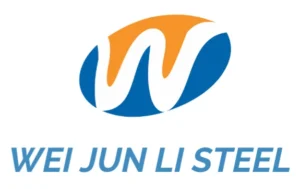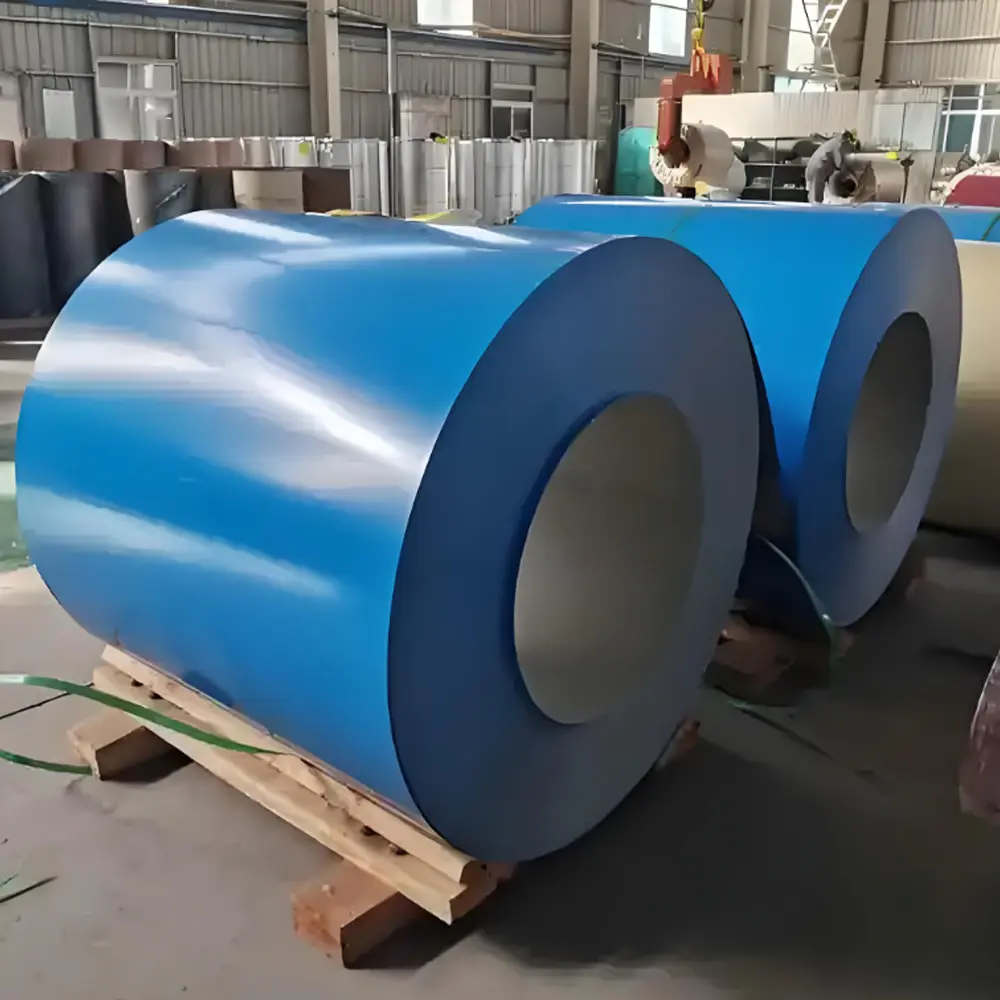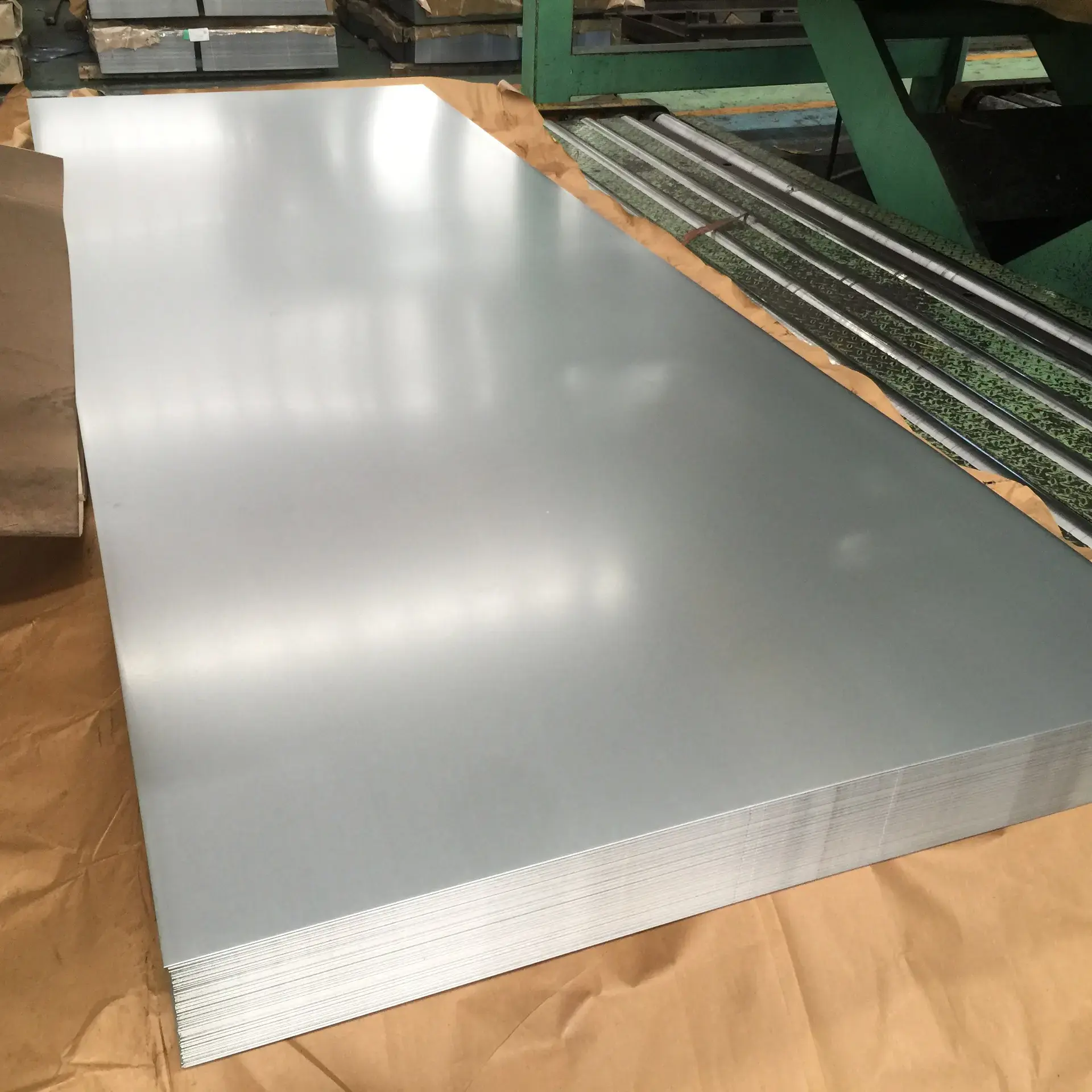From bridges and building structures to fasteners, appliances, and automotive panels, galvanized steel is widely used because the zinc coating slows environmental attack and corrodes preferentially where the substrate is exposed.
This blog, delivered by Weijunli Steel, a líder no fornecimento e transformação de aço, explains how zinc coatings work, compares the main galvanizing methods, outlines performance and testing standards, and gives practical guidance for specifying and procuring the right galvanized product for your project.
Definition of Galvanized Steel
Galvanized steel is steel that is covered or coated in zinc to prevent its corrosion. The zinc coating provides both a physical barrier and a sacrificial anode. When the coating is scratched or cut, zinc corrodes preferentially and serves as a barrier for the steel underneath. The dual protection of the coating and the sacrificial zinc makes galvanized steel a cost-effective and broadly used corrosion-protection system for construction, infrastructure, automotive parts, appliances, and hardware.
How Zinc Coatings Protect Steel
Zinc offers protection in two distinct ways. First, the zinc coating creates a physical barrier to corrosive elements (water, oxygen, salts) that would otherwise reach the steel. Second, zinc is more active electrochemically than iron: at exposed edges or defects, the zinc corrodes, providing cathodic protection to the steel substrate. This sacrificial behavior is particularly advantageous in the case of mechanical damage or field cutting, where the base metal has been exposed.
Main Galvanizing Methods
Hot-dip galvanizing (HDG)
Hot-dip galvanizing is the classic and most robust method. Fabricated steel parts or continuous coils are cleaned (degreased and pickled), fluxed, then immersed in a molten zinc bath (≈450°C). Chemical reactions at the interface form several zinc-iron intermetallic layers topped by a relatively pure zinc layer. HDG coatings are relatively thick and rugged—ideal for structural members, outdoor hardware and anything that requires long service life in harsh environments.
Pros: thick, durable coating; excellent sacrificial protection; good for large fabricated items.
Cons: coarser surface finish (spangle), slightly thicker dimensions, occasional need for post-treatment.

Electrogalvanizing (EG)
Electrogalvanizing deposits zinc from an electrolytic bath onto sheet and strip at room temperature. The coating is thinner and smoother than HDG and provides an attractive surface for painting and forming. EG is widely used for automotive body panels and appliances where surface quality is critical.
Pros: smooth, bright finish, tight tolerances, excellent paintability.
Cons: thinner coating → less sacrificial life than HDG, typically used indoors or where painting is applied.
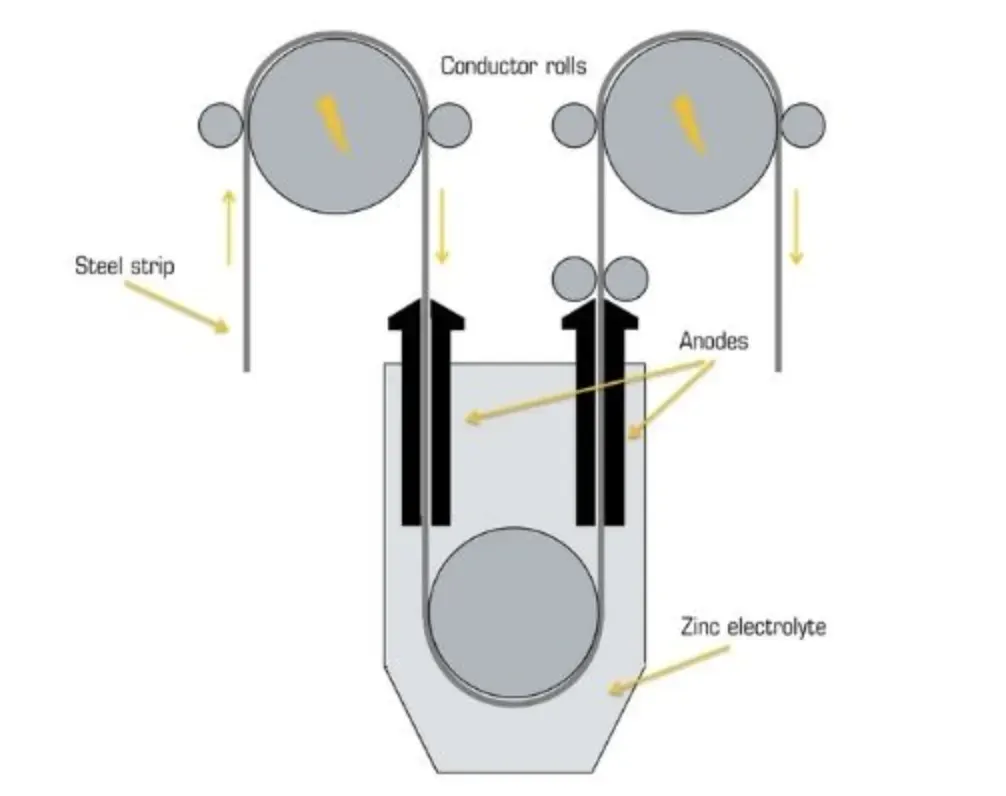
Other methods (brief)
- Galvanneal: Hot-dip zinc is annealed to form a zinc-iron alloy surface that bonds very well to paint.
- Sherardizing / thermal diffusion: Useful for small fasteners and parts requiring uniform thin coatings.
- Zinc flake coatings: Non-electrolytic multilayer coatings for high-performance fasteners and automotive components.
Coating Specification & Standards — How Coatings are Expressed
Coating mass is the standard metric for specifying performance. Common notations include G30, G60, G90 in US practice (G = galvanized), or grams per square meter (g/m²) in international specs. Standards you’ll see referenced include ASTM A123 (hot-dip galvanizing of fabricated items), ASTM A653/A792 (coated sheet products), ISO 1461, and EN equivalents. When specifying, always list method (HDG/EG), coating class (g/m² or G#), substrate grade, and any post-treatments (oiling, painting).
Performance: Corrosion Resistance & Expected Life
The effective service life of galvanized steel is affected by the coating mass, environment (rural, urban, industrial, marine), design (allows drainage and avoids rain-behind trapped moisture), and maintenance. As a general rule of thumb:
Thicker HDG coatings (high g/m²) in rural or urban atmospheres can last for decades of service.
EG panels with paint systems perform well where surface appearance and corrosion protection are both issues.
In corrosive marine or chemical environments, a duplex system (galvanized + paint or special coatings) or stainless steel may be the best option.
Always look at life cycle cost (initial cost of material + maintenance), not just first cost.
Mechanical & Fabrication Considerations
Galvanized coatings influence forming, welding, and joining:
- Forming: Both HDG and EG can be formed, but springback and edge cracking should be evaluated. EG’s thin, uniform coating is generally better for tight draws.
- Welding: Zinc vapor can create weld fume hazards; follow ventilation and welding procedures. Coating at the weld zone will be consumed; apply appropriate repair or corrosion protection post-weld.
- Fastening: Use compatible fasteners and isolation where dissimilar metals contact to avoid galvanic corrosion.
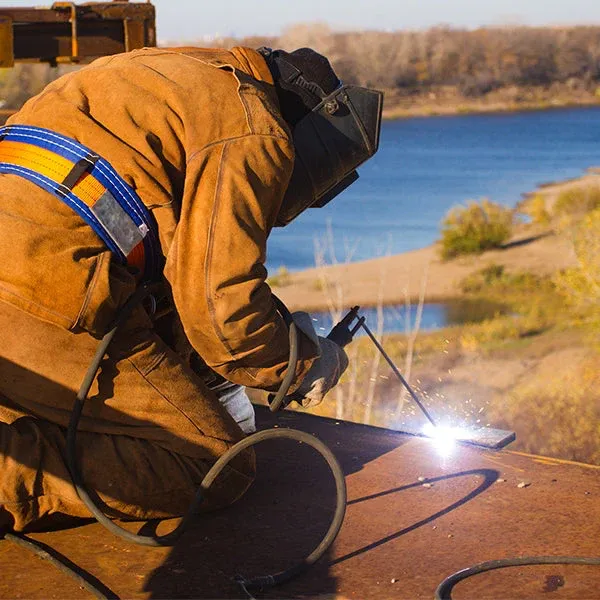
Quality Control & Testing
Require mill certificates and test reports for critical buys. Typical QC tests include:
- Coating thickness measurement (magnetic or eddy current gauges).
- Salt spray testing (ASTM B117 / ISO 9227) for comparative screening.
- Adhesion and bend testing to ensure coating integrity after forming.
- Visual inspection for uniformity, spangle defects, or porosity.
Insist on Mill Test Certificates (MTC) tied to heat or batch numbers for traceability.
Procurement Checklist — What to Specify
When ordering galvanized steel, make sure to specify the following:
- The method of galvanization (HDG vs EG);
- The coating class (g/m² or G#);
- Applicable standard (ASTM/EN);
- Substrate steel grade & thickness;
- Surface finish > (oiled, passivated, spangle);
- Packaging/handling> required test documentation (MTC, coating thickness report, salt spray data, if applicable);
For welded or fabricated assemblies, specify whether the post-galvanizing or pre-galvanizing specification is applicable and any touch-up procedures.
Installation & Maintenance Best Practices
Getting the drainage and airflow design correct will reduce the opportunity for moisture to be trapped. Once the cut edges are protected with zinc-rich paint or cold galvanizing sprays, dissimilar metals should not be left in direct contact with each other; they, when in contact with moisture, create a galvanic cell unless the two metals are electrically isolated.
If painted, do a pre-treatment on galvanized surfaces to enhance paint adhesion, such as applying a zinc phosphate. Regular inspection for damaged areas and repairing the damage immediately will substantially extend the serviceable life.
Conclusão
Galvanized steel remains a cornerstone of corrosion protection across industries because of zinc’s combined barrier and sacrificial protection. Selecting the right galvanizing method, coating class, and detailing for the environment will optimize lifespan and total cost
About Weijunli Steel
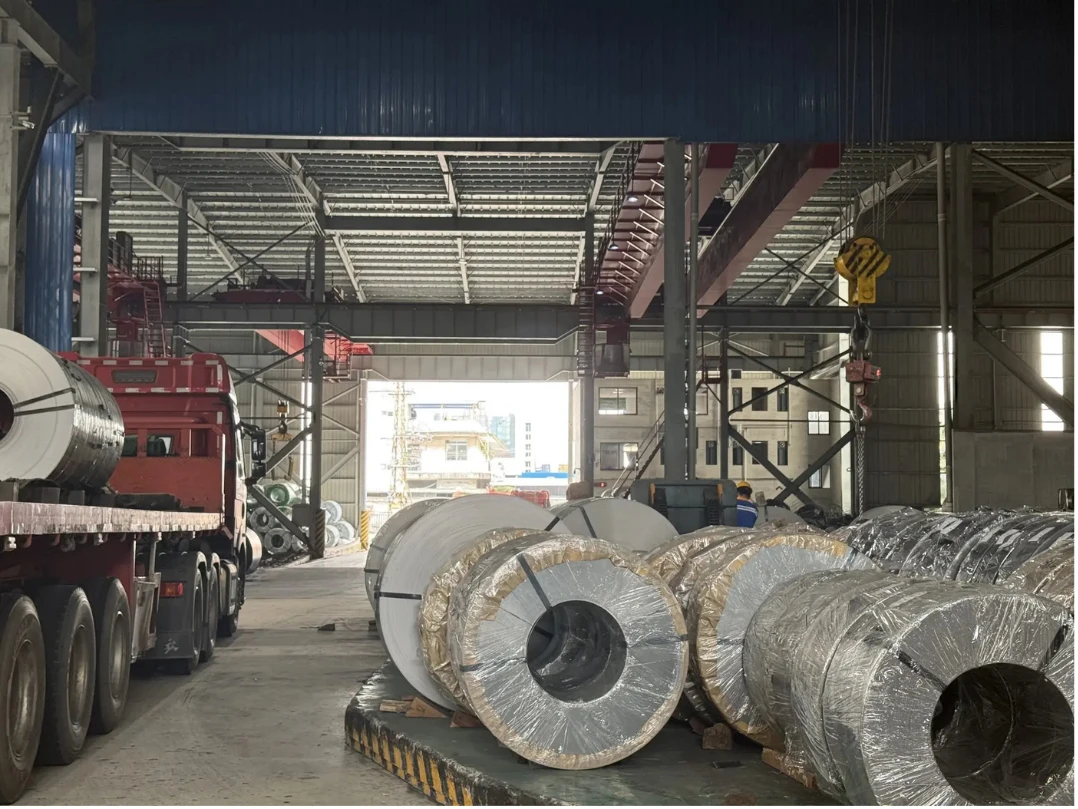
Como fornecedor e transformador profissional de aço, Weijunli Steel operates advanced production lines and strict quality control systems to ensure every wholesale galvanized steel(coil, strip, sheet, plate) meets international standards. Our technical team supports global partners with flexible customization and fast delivery.
Escolha o nosso serviço grossista e custom galvanized steel solution, e obterá produtos de primeira qualidade a preços competitivos.
